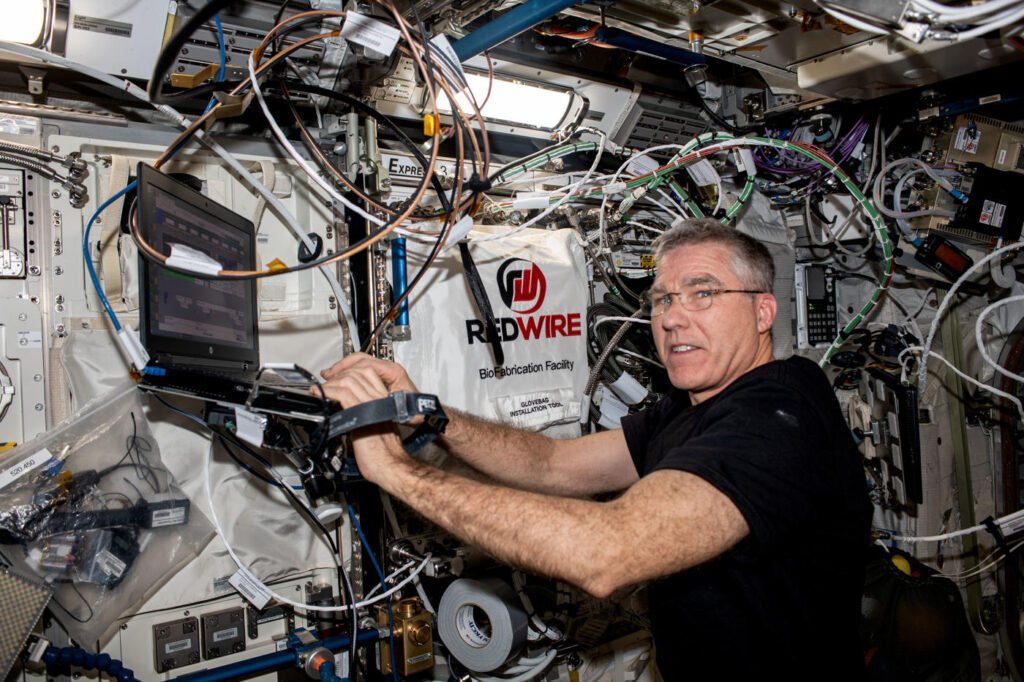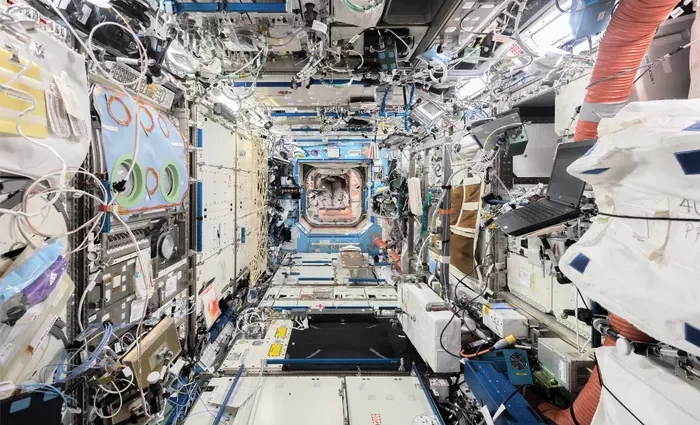The dust in the International Space Station (ISS) is much worse and more concentrated than the dust in the air of your home. A recent study discovered that the ISS contains a unique combination of dust particles, including microplastics and compounds commonly found in flame retardants and building insulation.

The study looked at the space station’s specialized air filters to see what remains after the air circulates. Researchers have uncovered a range of chemicals, including polybrominated diphenyl ethers (PBDEs), organophosphate ethers (PFEs), and perfluoroalkyl compounds (PFASs) — now infamous “forever chemicals.”
Although certain chemicals such as OPEs have been known to have toxic properties when present in large quantities, the impact on the health of astronauts remains uncertain. However, considering their concentration, it’s worth investigating.

The dust in our homes is also dirty, and many of the same chemicals are present. The only difference is that the dust in space stations is more concentrated and filtered.
What’s worse: the high levels of ionizing radiation in space can accelerate the aging of plastics on the space station, causing them to deteriorate quickly and transform into micro- or nanoplastics that can float in the microgravity environment.
This may cause concentrations and relative abundance of potentially harmful chemicals in ISS dust to differ notably from those in dust from terrestrial indoor microenvironments.

The researchers believe that their findings could be valuable for future space stations and habitats. By selecting materials carefully during the design and construction process, it may be possible to eliminate numerous sources of air contamination.
Reference- University of Birmingham, Journal Environmental Science and Technology Letters, Interesting Engineering, Futurism






